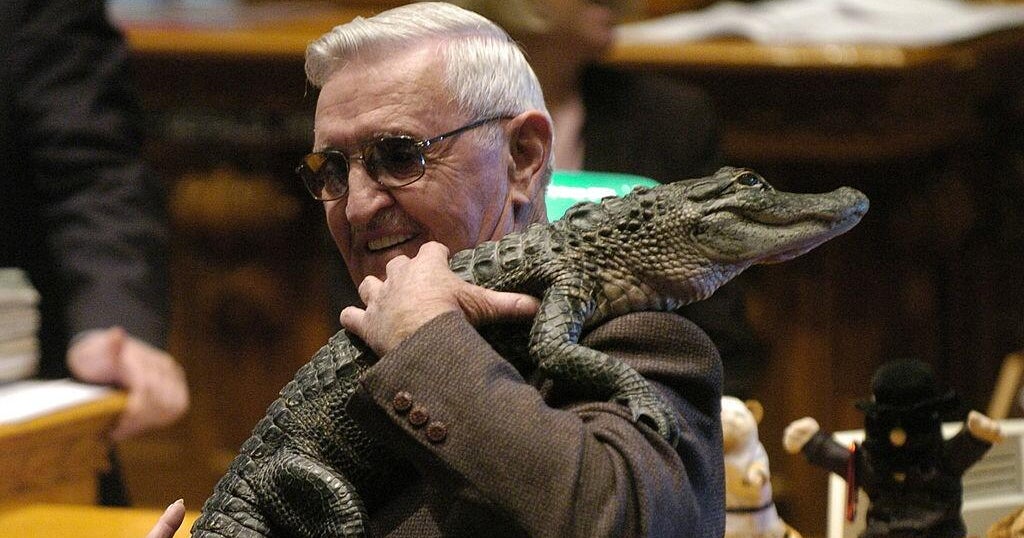Stanford Stripping Name Catholic Saint Over His Treatment Of Native Americans
(CNN) -- To some, he's a hero.
A Spanish priest who initiated the building of the missions that line California and remain a top tourist attraction. An evangelist deemed so great that Pope Francis officially declared him a saint.
But as much as he's revered in some quarters, Junipero Serra is reviled in others.
Because when the Spanish armies and Catholic missionaries came to take the West, they imposed their religion upon an indigenous people.
They decimated the native population several times over.
And to his critics, the Franciscan friar represents Europe's imperial conquest of native peoples.
It's this contentious legacy that's prompting Stanford University to strip Serra's name from two campus buildings and a pedestrian mall.
"Revisiting how we think about historical figures is a challenging undertaking that requires care and humility," Jeff Raikes, chair of the Stanford Board of Trustees, said in a statement.
"With the passage of time, we gain new understanding of historical events, the people who shaped them and the effects of those events on others."
What the university's changing (and what it's not)
The university will rename Serra Mall, the the pedestrian and bicycle mall in front of campus which serves as the university's official address. It'll change to Jane Stanford Way, in honor of the university's co-founder.
The university also plans to rename a dorm and an academic building.
However, a street on campus will retain the name Serra. The university says it'll put displays there to "more fully address the multidimensional legacy of Serra and the mission system in California."
Serra's contentious legacy
Serra left behind a job as a university professor in Spain and became a missionary in modern Mexico, with a vision to convert Indians up and down the entire North American coast to Catholicism.
From 1769 until his death 15 years later, Serra worked in modern California as part of the Spanish empire's expansion from Mexico City. Serra founded nine missions from San Diego to San Francisco from age 55 until his death at 70.
His life remains as controversial as any of the so-called conquistadors of Spain who ravaged their way through much of the Americas with crosses and swords in pursuit of gold and silver while contending they were servants of Christ and crown.
Consider what the official California school curriculum states bluntly:
"The historical record of this era remains incomplete due to the relative absence of native testimony, but it is clear that while missionaries brought agriculture, the Spanish language and culture, and Christianity to the native population, American Indians suffered in many California missions.
"The death rate was extremely high. Contributing factors included the hardships of forced labor and, primarily, the introduction of diseases for which the native population did not have immunity. Moreover, the imposition of forced labor and highly structured living arrangements degraded individuals, constrained families, circumscribed native culture, and negatively impacted scores of communities."
The-CNN-Wire
™ & © 2018 Cable News Network, Inc., a Time Warner Company. All rights reserved.







